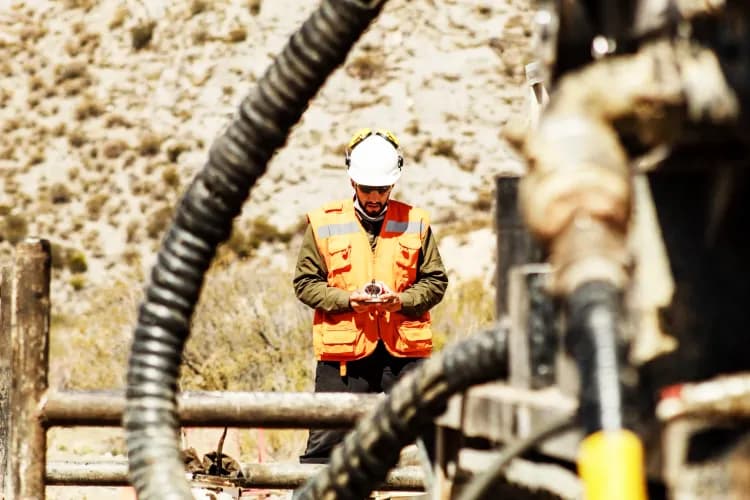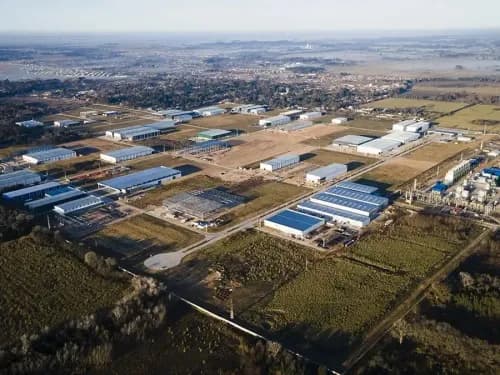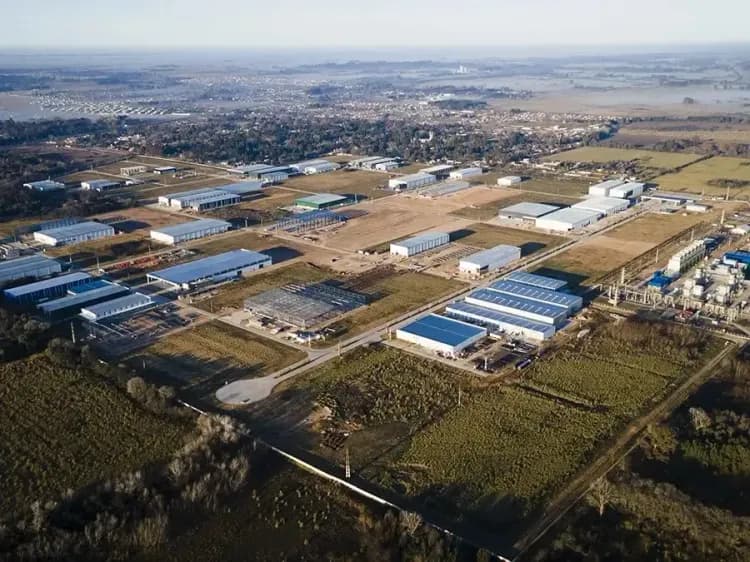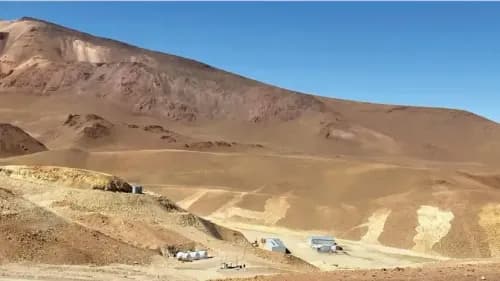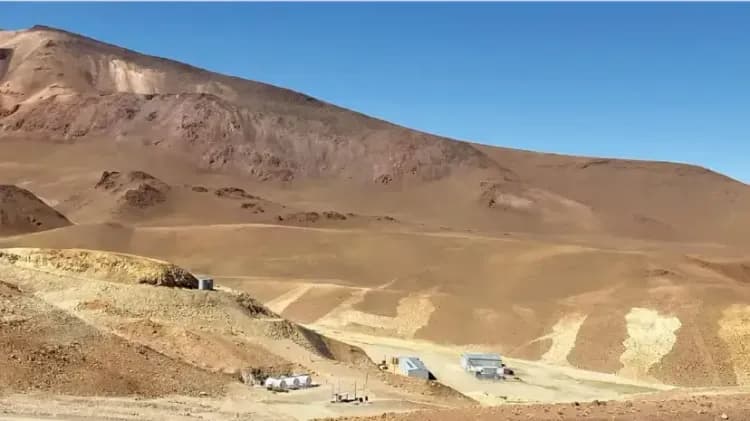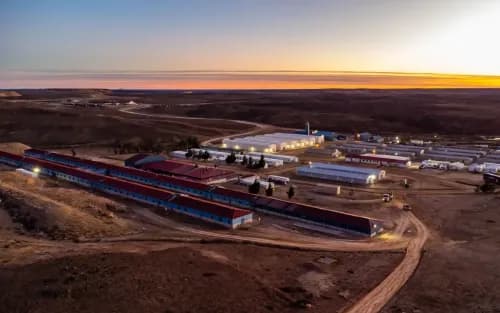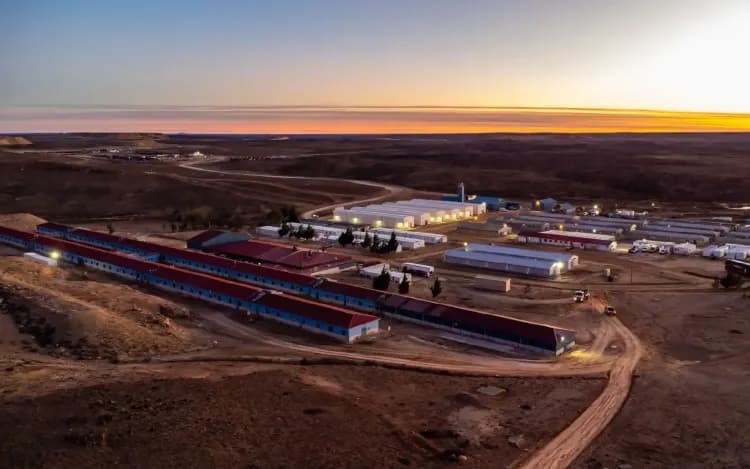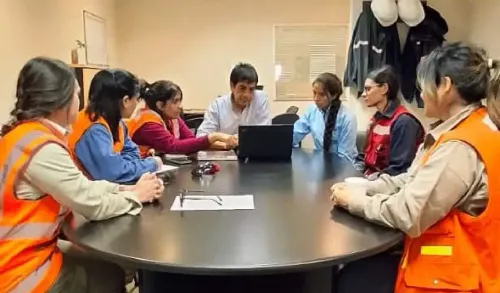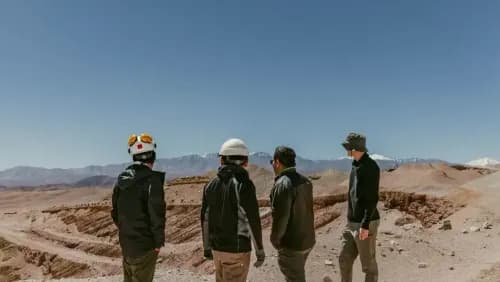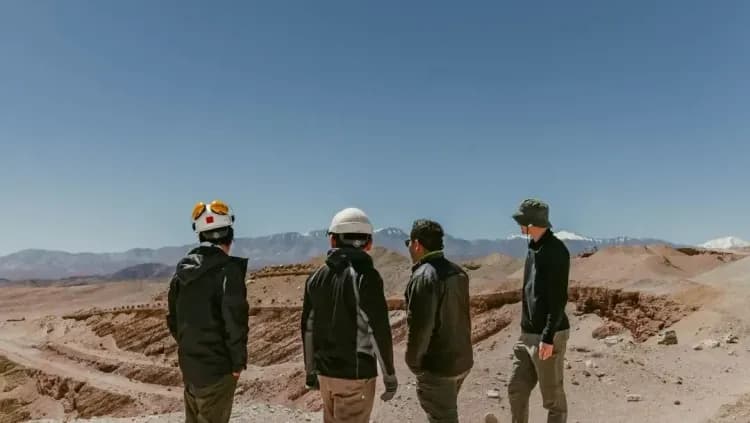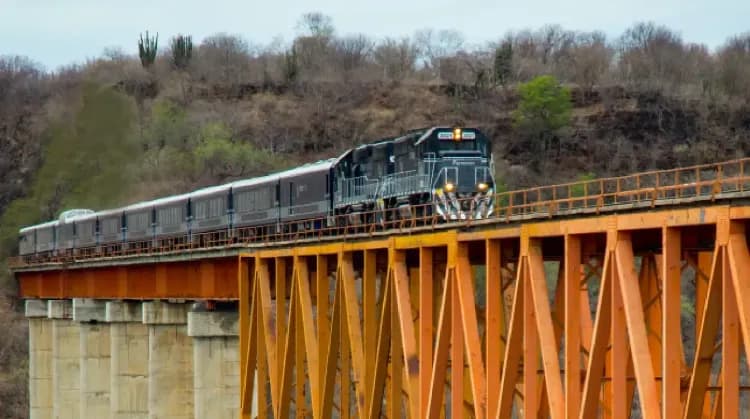The privatization of Belgrano Cargas has entered a decisive stage, with the mining sector emerging as a strategic partner to secure the cargo volumes needed to sustain the concession model. This was highlighted by Alejandro Núñez, President of Belgrano Cargas y Logística S.A., and Bruno Agosta, Director at AC&A Engineers, Economists & Planners, during the 14th Lithium in South America International Seminar organized by Panorama Minero in Catamarca.
By Panorama Minero
Both speakers agreed that without firm cargo commitments from lithium and other mining companies, the privatization model risks falling short.
Mining’s Strategic Role in the Concession Scheme
“There are several branch lines that are exactly what the sector needs, particularly those in the North. Companies involved in lithium are asking us about the condition and capacity of the railway,” Núñez explained. He noted that the government’s approach is to form consortia of mining companies to guarantee cargo volumes, reducing uncertainty for future private railway operators.
“The goal is to give private companies analyzing this business the certainty that there will be guaranteed revenue streams,” he summarized.
Agosta agreed that mining participation will be decisive: “As long as shippers promote and offer volumes linked to a serious long-term project, that’s what will elevate the business,” he said. He also highlighted that the renewed Belgrano Cargas offers “a very special appeal, with a mix of agriculture and mining,” particularly in northwestern Argentina, where lithium and copper projects depend on more competitive logistics.
Currently, the line transports three million tonnes annually, but with the planned structural works — which will be mandatory for future concession pools — it could triple its cargo volume. “This will expand the agricultural production frontier and make many mining projects viable,” Núñez emphasized.
Legal Framework and Official Roadmap
The privatization is based on Decree 67/2025, which authorized the vertical unbundling of the state-owned company. The model divides assets into three business units:
-
Rolling stock, to be auctioned in lots.
-
Tracks and real estate, to be concessioned to private operators while remaining state-owned.
-
Railway workshops, also to be concessioned.
Additionally, Resolution 1049/2025 instructs the Secretariat of Transport to prepare the technical and contractual terms and coordinate with the Agency for the Transformation of State-Owned Companies (ATEP) to complete the process within 12 months.
The official timeline foresees publishing the tenders before the end of the year and awarding the concessions by March 2026, after which Belgrano Cargas y Logística S.A. will be dissolved.
Grain Companies as a Model for Mining
The interest shown by agricultural exporters provides a clear example of the type of consortia the government is seeking. Bunge, Cargill, ACA, AGD and Louis Dreyfus have already submitted a joint proposal at the Rosario Board of Trade to participate in the process.
The government expects a similar move from lithium and copper companies, which need to transport increasing volumes to ports and processing plants. The expectation is that the mining sector will guarantee steady, long-term cargo, which would not only make the railway concessions viable but also improve the economic equation for projects currently operating at the edge of profitability due to high logistics costs.
“Any reduction in transport costs translates into the possibility of expanding production and making currently marginal projects viable,” Agosta pointed out.
Railway Connectivity and Port Access
The integration of Belgrano Cargas with the ports of Rosario, Buenos Aires, Zárate and La Plata is another key element for reducing logistics costs.
Although Zárate and La Plata are not directly connected to the main railway network, they can be accessed through transshipment, leveraging their idle capacity and creating a strategic multimodal corridor for exporting grains, minerals and fuels.
In this context, the integral intervention project on Provincial Route No. 6, which links the Zárate–Pilar corridor and connects 13 municipalities in Buenos Aires Province, is seen as a key piece for linking the railway network with port hubs. If completed, this train–port synergy could lower logistics costs and improve predictability for mining and agribusiness.
Historical Deficit and Urgent Need for Private Investment
The urgency behind the process is also driven by the company’s financial situation. In 2023, Belgrano Cargas recorded a deficit exceeding ARS 65 billion and employed 4,300 workers, ranking among the most loss-making public companies.
Lacking its own resources to renew rolling stock or finance infrastructure, the government sees privatization as the only viable path to modernize the system. However, the vertical unbundling model has few international precedents and presents legal, technical and coordination challenges.
For Núñez, the key is to secure firm commitments from the mining sector: “In many cases, logistics costs are higher than the company’s profit margin. It’s a very sensitive issue, and reducing logistics costs is money that goes directly to the company’s bottom line. That’s what we see, and that’s why there’s a lot of enthusiasm in the private sector — because this business can really provide a service.”
The transformation of Belgrano Cargas will be defined in the coming months. The government already has the interest of the grain sector and is now targeting lithium and copper mining companies to strengthen the bidding process. If mining consortia move forward, the railway could become a key element for boosting competitiveness in northern Argentina. Without these agreements, the risk is that the process will become bogged down in a complex legal framework without the critical cargo volumes needed to sustain it.


